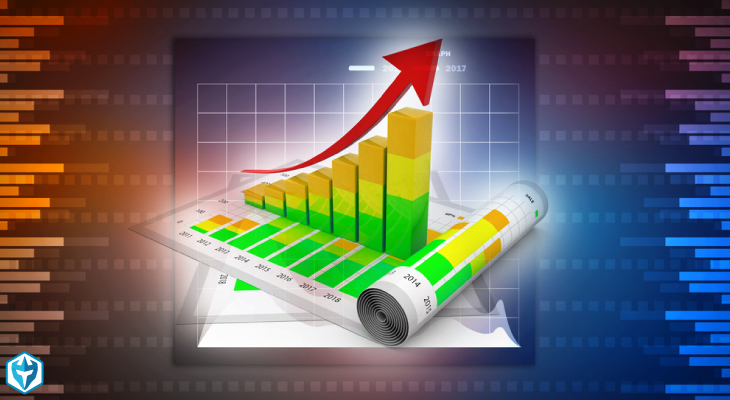In
the one liner, there are five basic elements which make up the entire set of
the financial statements. The permanent elements in relation to the financial
statements are the assets, liabilities, equity. However, the temporary ones are
the incomes and the expenses. They are set out and explained in the two
frameworks that are globally applied in relation to the financial statements
preparation that is the Generally Accepted Accounting Principles (GAAP), and
the International Financial Reporting Standards (IFRS).
Permanent versus Temporary Accounts
The
rationale underlying the broad classification of the elements is that the
temporary accounts are closed in relation to each reporting period, however,
the permanent accounts are carried forward to the next reporting period. For
instance, Rent is a temporary account and has the expense nature. Each year it
is closed down in the retained earnings account and the final balance is nil.
On the other hand, Property is a permanent account and it is carried forward to
the next year. You would have observed this phenomenon as well. Whenever you
are going for the accounting transactions in relation to new financial year,
you would have found that there is no opening balance in relation to the accounts
that are either incomes or expenses. On the other hand, each of the account
that is either asset, liability or the equity has a specific opening balance
unless it is a new element that is recognized in the current financial year.
Primary Accounting Elements
The
coming paragraphs would pour light on the basic elements of the financial
statements. You may call the elements of the financial statements as the
building blocks of the financial statements.
Assets
The
most important element of the financial statements. They make up the left hand
side of the accounting equation and are the resources of the organization that
is utilized in relation to the operations and then earn profitability. Assets
are further classified as the current assets and the non-current assets. The
basic difference is that the later yield benefits for more than one year.
Liabilities
Liabilities
together with the equity is what equates the Assets on the left hand side of
the accounting equation and this elements represent the claims of third party
in relation to the business. Likewise the assets, liabilities are also further
classified as the current liabilities and the non-current liabilities, later
being the claims that will not be completely settled in the one year time from
the reporting date.
Owner’s Equity
Owner’s
Equity is the claims of the owner in relation to the business. It is also
referred to as the Capital. Owner’s
Equity together with the Liabilities is what equates the Assets on the left
hand side of the accounting equation. Equity has many further classifications
and the determinant of the classifications is the size of the organization. For
instance, sole proprietorship has only capital line-item making up the entire
Equity. However, in relation to the Corporations, Common Stock, Retained earnings
and the treasury stock in aggregate may make the element owner’s Equity.
Incomes and Expenses
Incomes
and Expenses are the temporary accounts and related to the primary operations
of the organization. Assets are the resources which are utilized and further
the operations of the organization and in the form of expenses and the result
is referred to as the Income.

EmoticonEmoticon